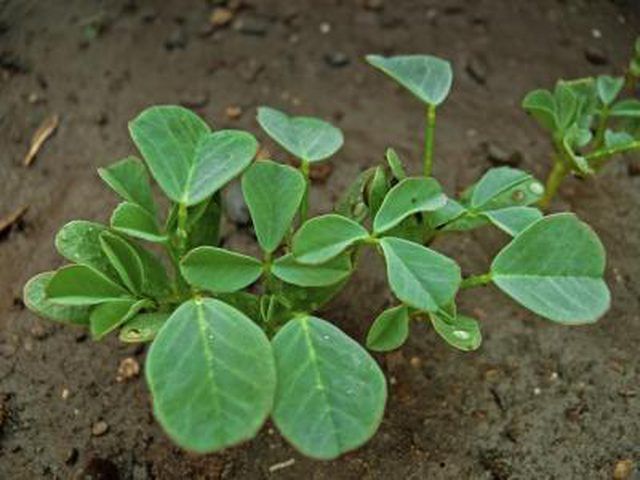Bulbs
Flower Basics
Flower Beds & Specialty Gardens
Flower Garden
Garden Furniture
Garden Gnomes
Garden Seeds
Garden Sheds
Garden Statues
Garden Tools & Supplies
Gardening Basics
Green & Organic
Groundcovers & Vines
Growing Annuals
Growing Basil
Growing Beans
Growing Berries
Growing Blueberries
Growing Cactus
Growing Corn
Growing Cotton
Growing Edibles
Growing Flowers
Growing Garlic
Growing Grapes
Growing Grass
Growing Herbs
Growing Jasmine
Growing Mint
Growing Mushrooms
Orchids
Growing Peanuts
Growing Perennials
Growing Plants
Growing Rosemary
Growing Roses
Growing Strawberries
Growing Sunflowers
Growing Thyme
Growing Tomatoes
Growing Tulips
Growing Vegetables
Herb Basics
Herb Garden
Indoor Growing
Landscaping Basics
Landscaping Patios
Landscaping Plants
Landscaping Shrubs
Landscaping Trees
Landscaping Walks & Pathways
Lawn Basics
Lawn Maintenance
Lawn Mowers
Lawn Ornaments
Lawn Planting
Lawn Tools
Outdoor Growing
Overall Landscape Planning
Pests, Weeds & Problems
Plant Basics
Rock Garden
Rose Garden
Shrubs
Soil
Specialty Gardens
Trees
Vegetable Garden
Yard Maintenance
How to Grow Fenugreek Herb
How to Grow Fenugreek Herb. Fenugreek (Trigonella foenum-graecum) usually is grown for either its seeds or aromatic, slightly bitter leaves, but it also is grown as a green mulch and soil amendment. An annual herb, fenugreek reaches 3 feet tall, spreads 2 feet wide and in midsummer bears pale-yellow to white flowers that are followed by...

Fenugreek (Trigonella foenum-graecum) usually is grown for either its seeds or aromatic, slightly bitter leaves, but it also is grown as a green mulch and soil amendment. An annual herb, fenugreek reaches 3 feet tall, spreads 2 feet wide and in midsummer bears pale-yellow to white flowers that are followed by sickle-shaped pods, each of which contains 10 to 20 seeds. The plant grows best in a full-sun location with rich, moist soil. Creating its own fertilizer by extracting nitrogen from the air and fixing it in its roots, fenugreek doesn't require fertilizer. Start this warm-weather plant in the ground outdoors after your location's average annual final frost date. It also grows well in containers with bottom drainage holes and well-drained potting soil.
For its Seeds
Four to five months after fenugreek seeds are sown, the resulting plants can be harvested for their seeds. Growing fenugreek for its seeds requires spacing the plants 2 feet apart and watering their soil when its surface dries out, but don't saturate the soil. Conserve soil moisture by spreading a 2-inch-thick layer of garden compost, leaf mold or another organic compost on the soil surface around the plants, avoiding letting the material touch the plant stems. Fenugreek seedpods ripen in fall. Collect the seedpods when they are dry and yellowish brown. Spread the pods on screens in a warm, sunny spot to finish drying the seeds inside them.
For its Leaves
A bed of closely spaced fenugreek plants provides a cut-and-come-again crop of fresh leaves. The plants produce three or four leaf harvests. In order to grow fenugreek for its leaves, space the plants 4 inches apart, and water their soil regularly so it stays moist. The leaves can be harvested four to five weeks after you sowed the seeds. Wipe pruning shear blades with rubbing alcohol to sterilize them, and use the shears to cut off the top layer of foliage, leaving a few leaves on each stem. Sterilize your pruning shears again after their use.
For its Alternative Uses
In vegetable patches, fenugreek is an effective green mulch and soil amendment. Grow fenugreek as a mulch by spacing its plants 4 inches apart, and harvest the leaves regularly to maintain a dense layer of foliage that suppresses weed growth. At the end of the growing season, take the final harvest of leaves and keep the fenugreek roots in the soil to break down and release their stored nitrogen over time.
In Warm and Hot Temperatures
Fenugreek grows best in moderate temperatures. A specimen growing in temperatures higher than 80 degrees Fahrenheit produces strong-tasting leaves; in cold, wet soil, fenugreek grows slowly and poorly. If summers are hot in your area, then grow fenugreek for a spring and fall harvest, or grow it in partial shade -- such as in the dappled shade of deciduous trees -- during the hottest months. Fenugreek doesn't usually suffer from serious diseases or pest infestations.